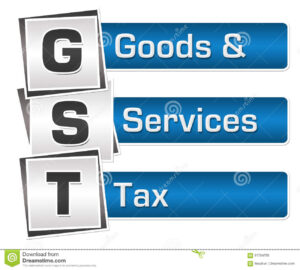 Central and state governments collected ₹1.5 trillion in GST in December, up 15% from a year earlier, on higher sales of automobiles and a pick-up in services activity.
Central and state governments collected ₹1.5 trillion in GST in December, up 15% from a year earlier, on higher sales of automobiles and a pick-up in services activity.
Central and state governments collected ₹1.5 trillion in goods and services tax (GST) in December, up 15% from a year earlier, on higher sales of automobiles and a pick-up in services activity.
GST collections have remained above the ₹1.4-trillion mark for the 10th straight month, the finance ministry said in a statement on Sunday, indicating the buoyancy in indirect tax collections.
GST cess collected remained at ₹11,005 crore, showing strong performance of items in the 28% slab that attracts the cess, especially automobiles.
The total revenue of the Centre and the states after regular settlements in the month of December stood at ₹63,380 crore and ₹64,451 crore, respectively, the ministry said.
During the month, revenues from the import of goods were 8% higher than what was collected from imported items at the same time a year ago, and revenue from domestic transactions, including the import of services, was 18% higher than a year earlier.
In November, 79 million e-way bills were generated, which was significantly higher than the 76 million e-way bills generated in October. Revenue collections in December represent transactions in November. E-way bills are needed for high-value shipments of goods within and across states, and are taken as a high-frequency indicator of economic activity by analysts.
According to M.S. Mani, partner, Deloitte India, the 18% increase in GST revenues from domestic transactions viewed with the increase in e-way bill issuance and the significant increase in GST collections by key manufacturer and consuming states would be indicative of a sustained manufacturing and consumption cycle in recent months.
Major state economies showed strong year-on-year GST collection growth in December. Punjab, Delhi, Gujarat, Maharashtra, Karnataka and Tamil Nadu showed double-digit growth in December.
“Robust GST collection gives a great start to the new calendar year. ₹1.5 trillion seems to be the new normal even after peak festive sales are over,” said Abhishek Jain, partner, indirect tax at KPMG. Strong GST collections would be good news for both the Centre and states faced with higher spending commitments on account of subsidies, capital expenditure and welfare measures.
GST revenue buoyancy is also the result of greater reporting requirements introduced over the past several months, enhanced usage of data analytics and improvements in compliance as a result of GST audits.
Experts also believe that increase in the prices of goods and services and recovery in the services sector after the pandemic have aided in higher GST receipts. It remains to be seen how the GST revenue trend shapes up in the last quarter of FY23 as the growth rate is expected to further normalize after seeing a sharp bounce-back in the initial months of the fiscal from the pandemic’s impact. The Centre and the states expect that widening the tax base will help in maintaining revenue buoyancy.
Also, the unanticipated improvement in nominal GDP in FY23 has given the Centre the extra legroom to spend more than originally estimated in absolute terms.
Source: https://www.livemint.com/news/india/centre-states-collect-around-1-5-trillion-in-gst-in-december-11672597498821.html
© 2018 CA Chandan Agarwal. All rights reserved.